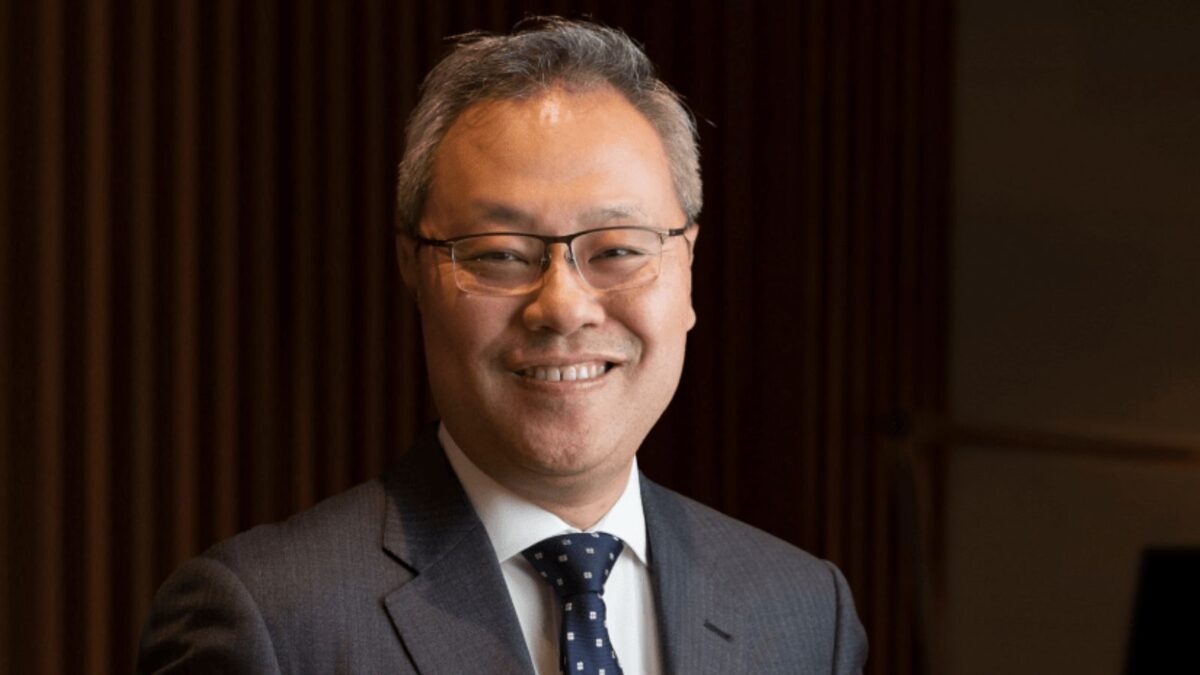China’s new ‘Through Train’ a focus for emerging markets
(Pictured: Nick Niziolek)
The emerging markets story is about to get a bit more interesting as China introduces its next iteration of the “Through Train.” The last time this happened, in 2007, the Hong Kong share market jumped 60 per cent before slumping to lower-than pre-announcement levels. Pundits are saying: this time it’s different.
The Through Train, officially known as the Shanghai-Hong Kong Connect program to allow the purchase of China A shares on the Hong Kong market, for both north and south-bound investors, is expected to start this month. It is the latest ‘reform’ designed to free up Chinese capital markets to institutional investors and move further towards easier cross-border investing.
According to Nick Niziolek, the co-head of research at US-based global manager Calamos Investments, the reform is “definitely a positive” for both investment in China and in emerging markets in general.
On a visit to Australia recently, with local representative firm Axius Partners, he said that China learned a lot of lessons from the first failed attempt at the Through Train. This time, the program will be introduced more gradually, with capital limits set on daily and average trading.
Calamos’s emerging markets portfolios are maintaining an overweight exposure to China as the “larger movement” of reform and urbanization, leading to a greater focus on consumption rather than investment, unfolds.
Niziolek says that most emerging markets are getting closer to historical averages but there is a lot of dispersion between countries. “Overall, the [emerging markets] index is not up so much,” he says. “China and India are rallying but Russia is collapsing.”
Within countries there is also considerable dispersion between sectors. In China, for instance, Calamos has very low exposure to banking. He says that with emerging markets in general, a lot of the recent good performance has been driven more by P:E expansion rather than earnings growth.
“Growth has been revised down,” he says. “Value has outperformed growth by 500-600bps over the past six months. Emerging markets were cheap versus developed markets but the gap has closed in some sectors.”
He advises investors to focus on earnings and on countries which have introduced reform programs. Mexico, 12-18 months ago, was a good example of a ‘reform’ country which has rewarded investors. India, under its new regime, may provide a similar opportunity. While India has had P:E expansion, it should “grow into its valuation,” Niziolek says. By contrast, Brazil has had some P:E expansion based on optimism but Calamos does not see any economic plan to justify that.
John Maragiannis, a director of Axius, says that there was a lot more talk of downside protection among emerging markets portfolios last year and earlier this year. He believes that super funds delayed increasing their alternatives exposures but this is starting to happen now.
He pointed out that Calamos has two emerging markets strategies: a traditional portfolio of emerging markets stocks and one which blended both emerging markets-domiciled stocks and developed markets stock with a big emerging markets revenue exposure. The second strategy also had up to 15 per cent in emerging markets convertible notes, which further dampens its volatility.
Calamos is currently about 75 per cent invested in emerging markets domiciled stocks in this blended strategy, compared with only 50 per cent two years ago, Niziolek says.










